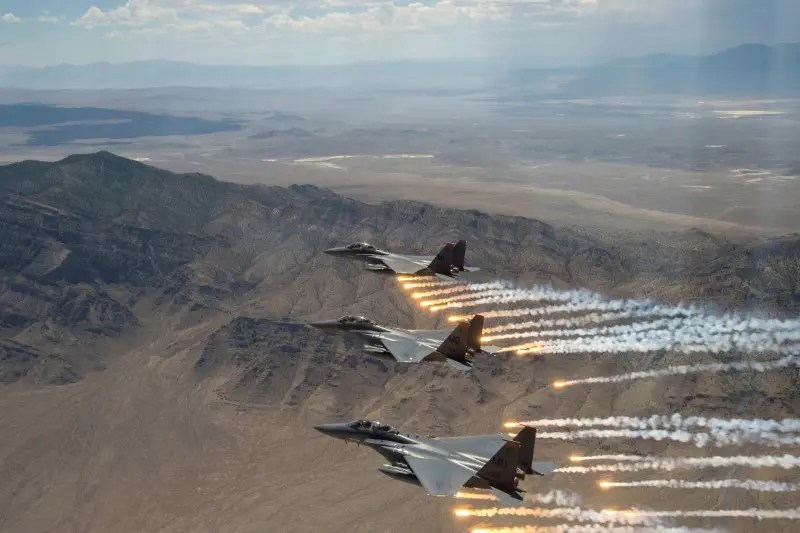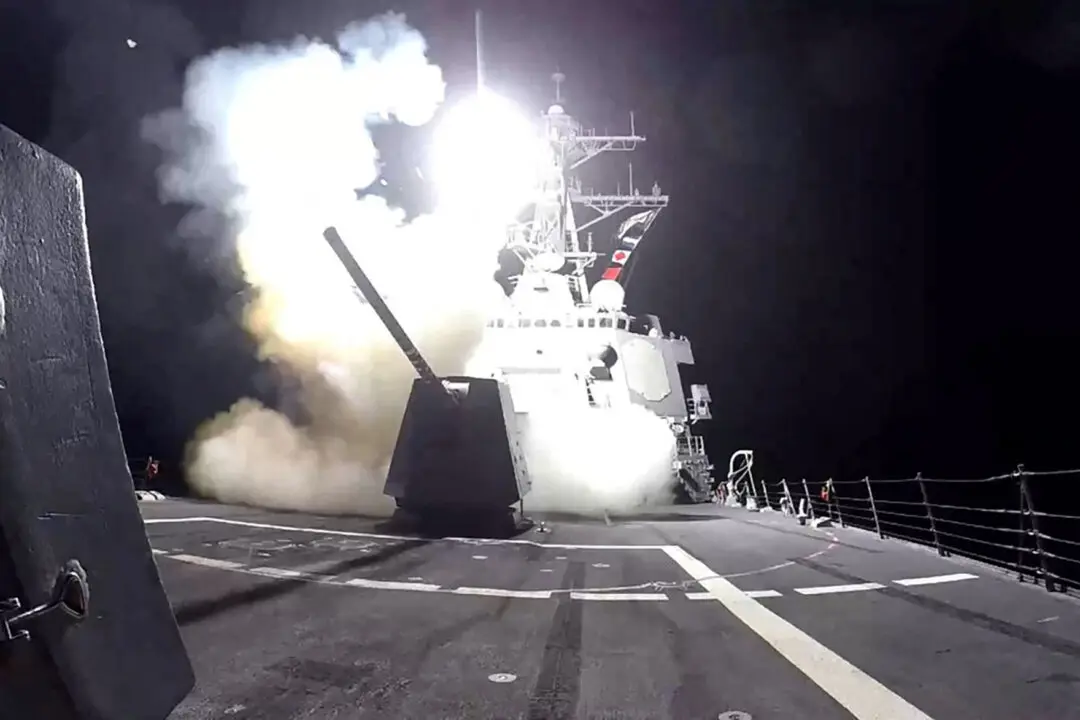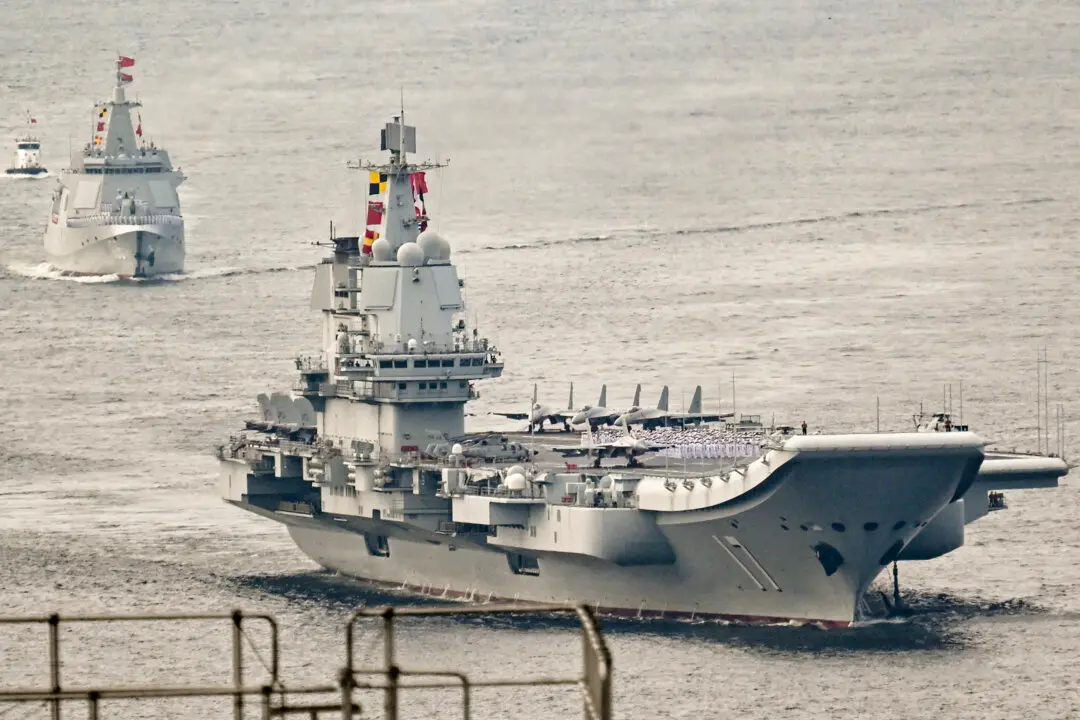The Biden administration’s nuclear policies and budget are too ambiguous or otherwise wide reaching to provide the type of conflict deterrence that is expected of them, according to several experts.
“How are you going to contain Russia and China?” said Harlan Ullman, a senior advisor at the Atlantic Council, a Washington-based think tank. “The policy statements don’t tell you. They’re aspirational.”




